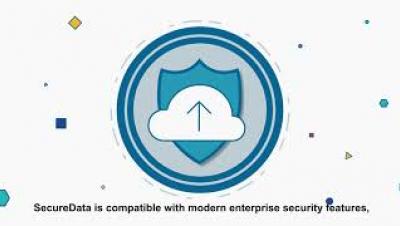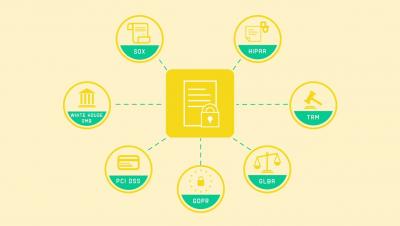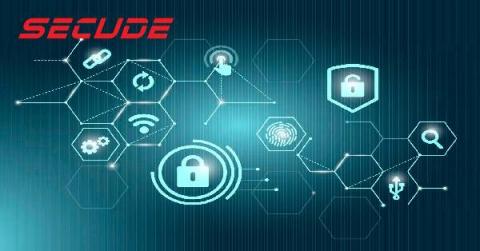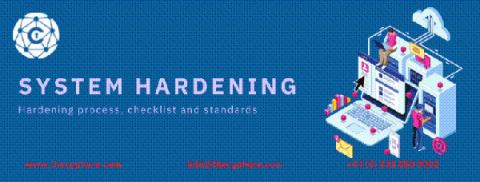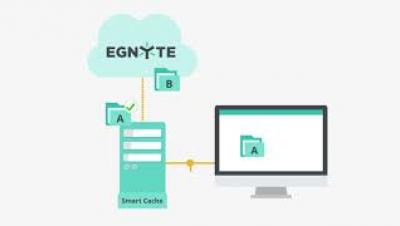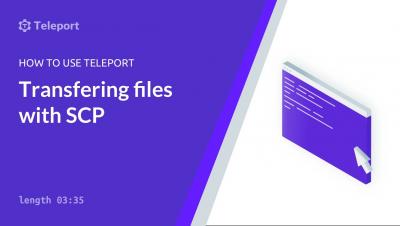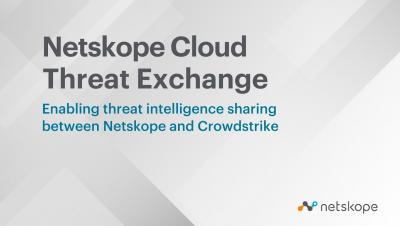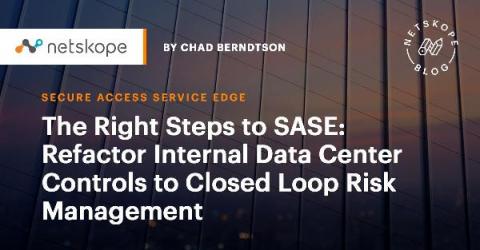How to cyber security: Embedding security into every phase of the SDLC
Creating a secure software development life cycle can lower risk, but security must be embedded into every step to ensure more secure applications. On May 6, 1937, the Hindenburg airship burst into flames while docking, causing 35 deaths and bringing the airship era to a sudden close. In hindsight, it seems tragically obvious. Fill a giant bag with highly flammable hydrogen gas and trouble is bound to follow.




